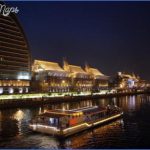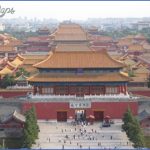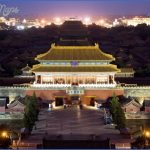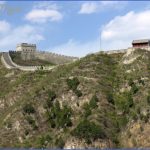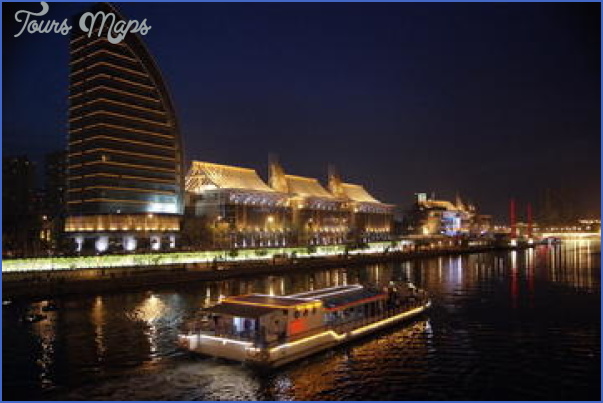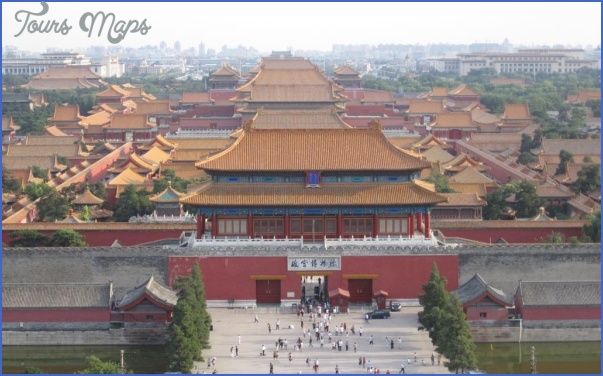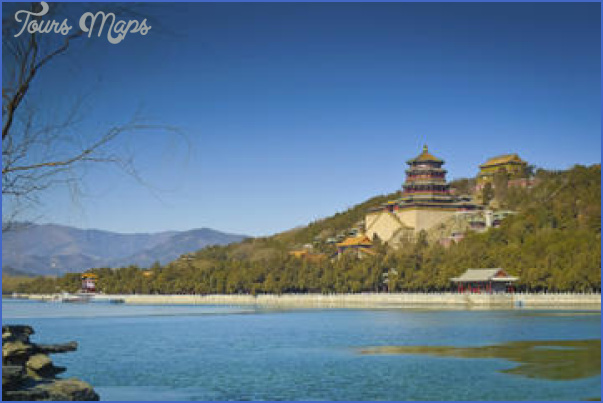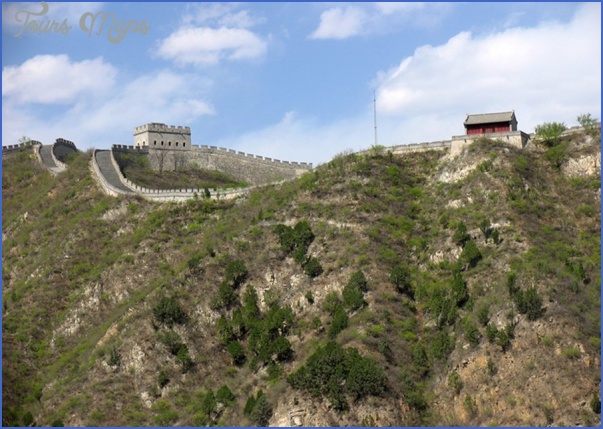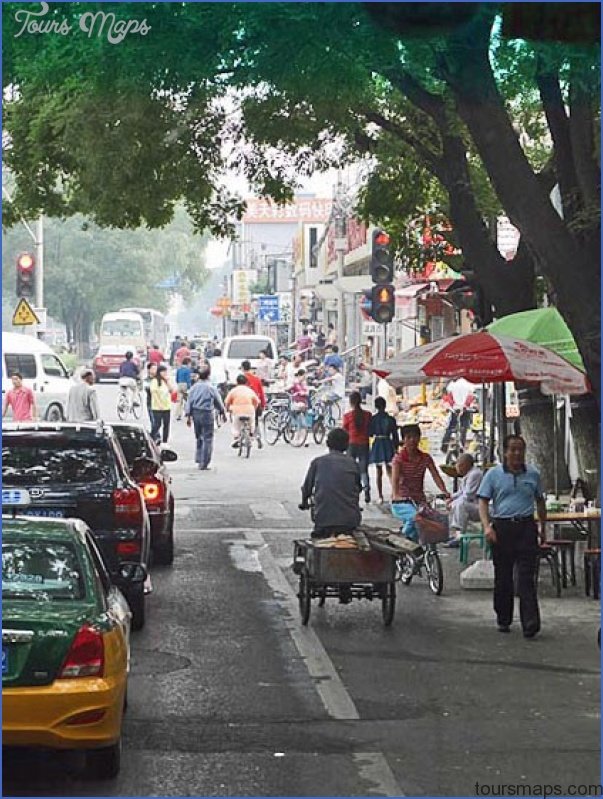The Temple of Heaven, dating back to 1420 (open: 8am-6.30pm) in the south of the city, incorporates a group of sacred buildings surrounded by lush vegetation. With its southern rectangular section, and its northern semi-circular section, the complex symbolises heaven and earth.
On the day of the winter solstice, having fasted and meditated for three days, the emperor would ascendthe Heavenly Altar in solemn ceremonyto pray for a good harvest and to offer sacrifices.
The Hall of Prayer for Good Harvests was built over the Qinian Dian altar in 1420 and restored in 1545. In 1889 it was destroyed by a bolt of lightning and rebuilt a year later. Here the emperor prayed for a good harvest. The 38m/41yd high building with a diameter of 30m/33yd was, astonishingly enough, built without a using single nail. It towers up from a three-tiered, marble terrace with balustrades, and has a blue-glazed tiled roof (50,000 tiles), also three-tiered. The building is supported by 28 columns which have symbolic meanings, and are separated into three circles. The central four columns, (dragon fountain columns), represent the four seasons. The twelve smaller columns represent the twelve months of the year and, according to an old Chinese tradition, the twelve parts of the day.
On the floor in the centre of the hall is a marble flagstone, ornamented with depictions of phoenixes and dragons, the imperial symbols.
A raised pathway leads to the Hall of the Vault of Heaven (erected 1530, rebuilt 1752), with its blue tiled conical roof. The ceremonial plaques for the sacrificial rituals were stored here.
The temple’s outer wall echoes to even the quietest of voices, hence its name Echo(i) Wall (Huiyin Bi).
In front ofthe hall are also three unusual echoing stones, and depending on which way they are facing, can throw back an echo up to three times.
The Round Altar built in 1530, lies to the south ofthe Hall ofthe Vault of Heaven. It consists of three marble terraces built one over the other, and
Temple of Heaven Hall of the Vault of Heaven symbolises “man-earth-heaven”. The architectural structure is built around the figure nine, a celestial figure of great significance. So, the number of stones in the altar ring extend from: 9,18, 27, and so on, up to 243.
Already in the 3rd c. b.c. there were human dwellings on this site, situated Taoranting to the west of the Temple of the Vault of Heaven. A park was laid out here by Gongyuan Park the time ofthe Liao period (947-1125). During the Yuan period (1271-1368) the Monastery of Goodness and Pity (Cibei An) was built here, and in 1695 Jiang Zao, the civil servant, had the Taoran Ting Pavilion built next to it.
This pavilion was named after a poem by Bai Juyi (772-846), as was the park. In the Qing period (1644-1911) the park was ready to be opened to the public and became a favourite meeting place for poets. It was extensively modernised in 1952.
The monastery and pavilion are situated between the two lakes in the park. Two Buddhist columns (1099 and 1131) can be seen in the inner courtyard ofthe monastery, also a Guanyin stele from the year 1663. To the south-west are two pavilions dating from the Qianlong period (ruled 173596) which were brought here in 1954.
Sights outside Beijing centre Photo Gallery
Maybe You Like Them Too
- The Best Cities To Visit in The World
- World’s 10 Best Places To Visit
- Coolest Countries in the World to Visit
- Travel to Santorini, Greece
- Map of Barbados – Holiday in Barbados

